
Finding foods that make you grow taller is a common dream. Wouldn’t that be amazing? To discover some powerful foods that make you taller? Perhaps doing so might even improve your dating life and make you feel much better about yourself.
Yet, the real world doesn’t work that way. We stop getting taller towards the end of our teenage years. This means that the right food isn’t going to help at all once you’re an adult.
Even for kids and teenagers, height is mostly determined by genetics. However, the right diet can help them to reach their maximum growth potential. Focusing on the wrong foods can have the opposite effect, potentially stunting growth and making teenagers shorter than they’d be otherwise.
Still, don’t despair if you’re an adult. The right foods mightn’t help you grow taller, but they still promote health in other ways. Many of these foods can decrease the risk of serious issues too. They might even help you to live longer.
Foods That Make You Taller
Beans

Beans shouldn’t be a surprise, as they feature on many lists of healthy foods. They’re powerful too, as the tiny legumes are packed with protein, fiber, and plenty of nutrients.
The exact nutrient profile varies depending on the type of bean you choose. However, you’re often looking at a decent amount of iron, magnesium, folate, and zinc, all of which promote health.
Beans are also excellent for low-income households, as they’re inexpensive, have a long shelf life, and can be used in countless recipes.
Dark Leafy Greens

Then there are dark leafy greens. These are famous for their nutrient content as well. Kale, spinach, and collard greens are the most famous examples, although there are many others.
These greens are much more versatile than you might expect. Some are best cooked, while others are just as delicious raw or cooked.
If you’re feeding kids or picky teenagers, you might need to bury your leafy greens in meals, so that they can’t taste them. Don’t forget about green smoothies either. These are delicious ways to help kids eat their greens.
Eggs

Eggs have long been viewed as being incredibly unhealthy, largely because of their cholesterol content.
Cholesterol is something to think about, that’s true, as high cholesterol levels may increase your risk of heart disease. However, there isn’t a direct link between dietary cholesterol and cholesterol in your bloodstream.
This is because the human body produces cholesterol itself. Decreasing the cholesterol in your diet often simply makes your body produce more cholesterol to compensate. So, for most people, having one or even two eggs per day is completely safe.
Beyond the cholesterol issue, eggs are incredibly powerful. They’re packed with nutrients, including vitamin D, choline, folate, and iron. The vitamin D is particularly relevant for bone health as this help your body to absorb calcium.
Eggs are also easy to prepare. This is fantastic when you’re short on time or energy.
Chicken

Getting enough protein is crucial, especially as children and adolescents are developing. Among other things, protein helps with nutrient transport, hormone production, immune system function, and muscle growth, all of which are very relevant to health.
Chicken is a particularly good option, as it is a complete source of protein and is low in fat and saturated fat. There’s a decent amount of taurine as well, which may offer extra benefits for height.
That said, it’s best to include a variety of protein sources in your diet. This way, you get adequate amounts of all nutrients and amino acids.
Almonds

Nuts offer plenty of health benefits too, with almonds leading the pack. They provide a variety of nutrients, healthy fats, and fiber, all of which are crucial for healthy development. They’re also a decent source of calcium, which is directly relevant for your bones.
The trick is to be careful with portion sizes, as nuts are very calorie dense. Regularly overdoing it with nuts may contribute to weight gain and all the health issues that come with that.
Lentils

Like beans, lentils fall into the category of legumes and they’re an excellent plant-based source of protein. They’re not quite as popular as beans, which is a shame, as they can be used in many ways.
Lentils have the big advantage of being fast to prepare. In fact, red split lentils cook within 5 to 7 minutes. This makes them perfect for fast weeknight dinners when you’re stressed and short on time.
Yogurt

Dairy is famous as a source of nutrients and calcium, making it very relevant for bone growth. Yogurt is one of the most powerful types, as it can be rich in probiotics. Many kids love yogurt, so they should eat it without an issue.
The big thing here is choosing your yogurt carefully.
Many yogurts on the market are packed with sugar and artificial ingredients, making them seriously unhealthy. This is particularly true for those marketed at kids.
To get the most benefits, look for high protein yogurt that doesn’t have much added sugar. Plain yogurt is best, as you can always add flavor yourself. Also look for Greek yogurt or skyr, as these styles tend to be high in protein as well.
Fish

How can we go past fish? It is a fantastic source of protein, nutrients, and omega 3 fatty acids.
But, fish isn’t all equal. You have your fatty fish, like salmon and sardines. These are the most powerful, as they’re rich in omega 3 fatty acids. Those omega 3s have an endless range of benefits, such as helping with eye health, heart health, and mood.
Then there are the leaner types of fish, like cod. These are much lower in omega 3s, but still provide plenty of nutrients. Besides, as we highlighted before, lean sources of protein are perfect for children and adolescents.
However, it’s best to stick to two or three servings of fish per week, to prevent overdoing it with mercury. Salmon, cod, and sardines are a few excellent types of fish to try, as they’re all fairly low in mercury.
Quinoa

Quinoa has the reputation of being a modern superfood. It’s easy to see why too, as the pesudograin has more nutrients and protein than most true grains, while also being gluten free.
Serving quinoa instead of rice is an easy way to increase the nutrients in a meal.
There’s another benefit too – quinoa contains a decent amount of magnesium. This magnesium helps with calcium absorption and promotes strong bones.
Cruciferous Vegetables

Cruciferous vegetables include examples like broccoli, cauliflower, cabbage, Brussels sprouts, and kale. They’re not very popular among kids, but the vegetables are very relevant for growth.
The nutrient content is part of the reason, particularly because cruciferous vegetables are often high in calcium. But, that’s not the full story. These vegetables also contain sulforaphane, which is an interesting plant-based compound that can improve health in a plenty of ways.
Berries

Who can forget berries? They’re a delicious treat that kids love and are also rich in fiber and antioxidants.
The antioxidants are very interesting. As the name suggests, these can decrease levels of oxidation in the body, which may then lower disease risk and help promote health. While there are hardly the only source of antioxidants, they are a powerful choice and offer many valuable plant-based compounds.
Dairy Foods

We’ve already talked about yogurt, but we can’t leave it at that. Other types of dairy are very relevant to growth as well, including milk, kefir, and cheese (ice cream isn’t nearly so good, due to the high sugar content).
Many of the benefits come from the calcium in dairy foods, although other nutrients are relevant as well.
That said, dairy isn’t essential for children to grow to their full height. After all, the nutrients in dairy can be found in plenty of other foods too. It’s simply a matter of finding the options that work well for your family.
Tofu

Soybeans fall into the legume family, just like beans and lentils, and offer many of the same benefits. Tofu is a fantastic way to take advantage of soybeans and is a common plant-based alternative to meat.
Tofu might be a hard sell for some kids. If that’s the case, try a meal that contains some meat and some tofu. This can help them to get familiar with the texture. Choosing your recipe carefully can help as well, as some tofu recipes are much tastier than others. For example, this sous vide chili-garlic tofu recipe is packed with flavor and can be easily served on noodles or rice.
You could also experiment with other soy-based products. Tempeh is a particularly good one. This is a fermented product made using whole soybeans and can be used in much the same way as tofu. The fermentation is fantastic news for health.
Whole Grain Foods

Grains have a pretty poor reputation these days, largely due to their carb content. Now, carbs do have their issues, but most of those come from refined carbs, as these have few nutrients and quickly spike blood sugar.
Whole grains are a different story. These tend to promote health instead, as they’re much richer in fiber and nutrients. That fiber slows down the blood sugar response and provides digestive benefits.
The best whole grain foods are those that have been through minimal processing. The grains should be whole, whenever possible, rather than ground into a flour.
Now, we’re not just talking about the common grains, like wheat and rye. Ancient grains and pseudocereals (like quinoa) offer the same benefits. Some may even be better for you.
Sweet Potatoes

Sweet potatoes are more beneficial than you might have realized. They’re especially powerful as a source of antioxidants, including carotenoids, which provide their orange color.
These carotenoids provide the traditional antioxidant benefits and are also converted to vitamin A. Sweet potatoes also offer a decent amount of fiber, potassium, and magnesium, while also tasting good.
Dark Chocolate

Dark chocolate isn’t just a treat. It offers some surprising health benefits. The health benefits are partly related to the antioxidants, as these lead to lower levels of oxidation and inflammation throughout the body.
Dark chocolate is also a decent source of zinc. This zinc is important, as zinc deficiency can lead to stunted growth and short stature.
Carrots

Like sweet potatoes, carrots are an excellent source of carotenoids. Carrots are also a fantastic snack, as they’re low in fat and calories, and can easily be eaten raw.
Bone Broth

Bone broth is made by boiling bones in liquid for hours. That process extracts collagen, amino acids, and nutrients from the bones. Some of these compounds are hard to get otherwise.
The collagen is particularly interesting, as collagen is a crucial protein that’s relevant for connective tissues and growth. While our bodies produce collagen themselves, consuming collagen could help with growth for some kids.
Nuts

We talked about almonds earlier, but other types of nuts deserve a look in too. They’re all high in nutrients, protein, and healthy fats, just with different distributions of nutrients.
So, if you don’t like almonds, simply go with whatever type of nut you do enjoy. Just be wise with your portion sizes. Most recommendations suggest a serving of around an ounce. This gives you plenty of nutrients without too many calories.
Young children may need a smaller serving size, particularly if they’re getting plenty of calories elsewhere.
What Else Helps People Grow?
While diet may influence height in some situations, it isn’t the defining factor, not even for kids. The following factors tend to be much more relevant.
Getting Enough Food
It’s not just the quality of food that you need to think about. Quantity matters too. Children who don’t get enough to eat won’t have the nutrients they need. It’s as simple as that.
Protein is particularly relevant here, as it contains vital amino acids that are used in many ways throughout the body. Also remember that kids going through a growth spurt may need more food than you expect.
Avoiding Problematic Foods
Highly processed foods, fried foods, sugary snacks, and fast food aren’t good for anyone and they’re awful for growing kids and teens. This doesn’t mean they need to avoid treats entirely, but it is important to be wise.
Not only are these foods typically high in sugar, fat, and calories, but they often replace healthy alternatives. Kids who eat a lot of these foods mightn’t be getting enough nutritious food and could easily be deficient in key nutrients.
Sleep
You’ve heard it before – sleep is vital for health. Honestly, getting good sleep regularly is one of the best things you can do for your health. This is particularly true for kids, who may need anywhere from 8 to 11 hours of sleep a night.
Practicing good sleep hygiene and keeping kids off devices before they go to bed can make a big difference.
Being Active
Exercise is relevant too. This is partly because exercise helps to strengthen bones and muscles. Doing so may help developing bodies to reach their height potential.
Exercise also helps with posture and can mean that the body releases more growth hormones. Besides that, staying active helps with weight management and better mental health. Those are valuable outcomes on their own.
Posture
Finally, we have posture. Poor posture tends to make people look shorter, as their shoulders are hunched and their spine is curved.
Learning good posture as a kid is powerful, as those lessons will carry through to the rest of their lives. You can still learn good posture as an adult. Doing so simply requires more effort, as you have years of bad habits to unlearn.
Can Adults Increase Their Height?
The foods we’ve been talking about today are relevant to children and teens, not adults. Growth plates in bones generally close in your late teens. Some people grow for a little longer, perhaps into their twenties, but that’s it. You quickly get to the point where your height is set and food can no longer have any impact on how tall you are.
Posture is the main approach that adults have left. Improving your posture doesn’t actually make you taller. Instead, good posture simply makes your true height more obvious.
Wearing heels or platform shoes can make you taller too, although that’s just a temporary fix.
Finally, some types of surgery may increase height in adults. While such surgeries are an option, they’re not a great choice as they can be dangerous and don’t always have the desired effect.


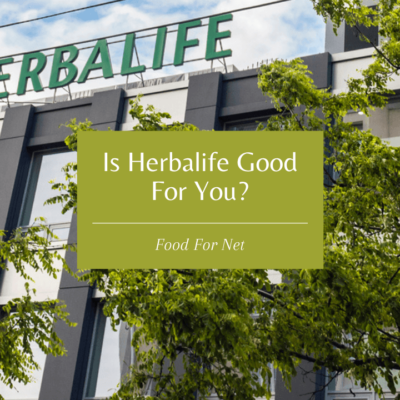
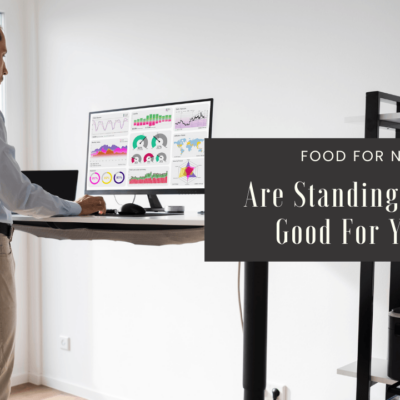



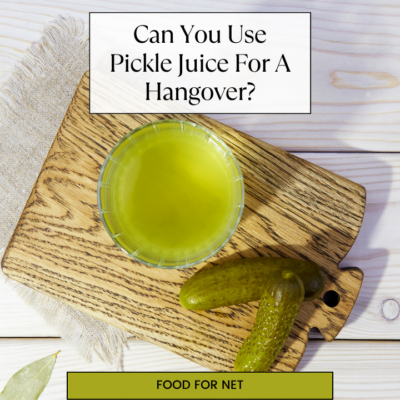



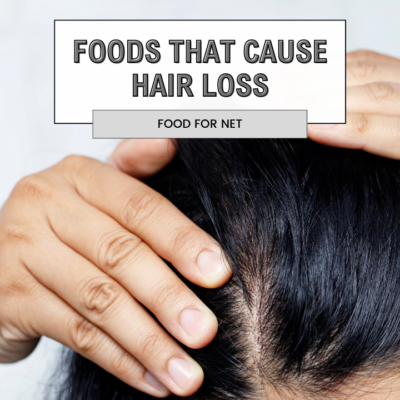
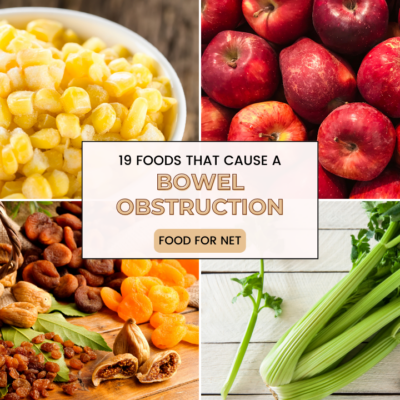
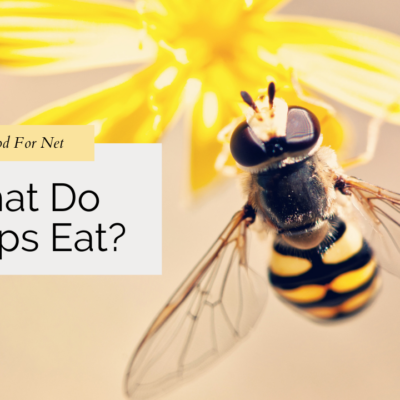

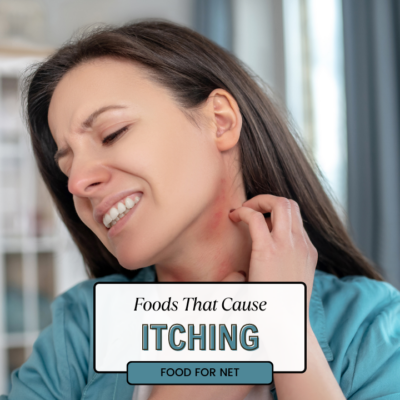
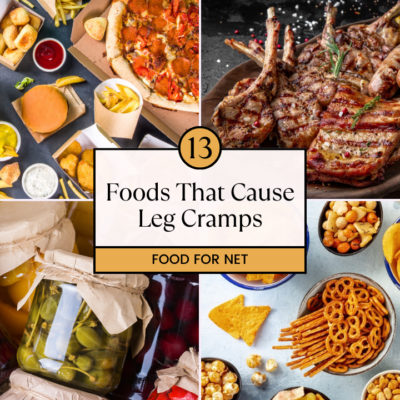
 13 Foods That Throw Off Your pH Balance
13 Foods That Throw Off Your pH Balance
Leave a Reply